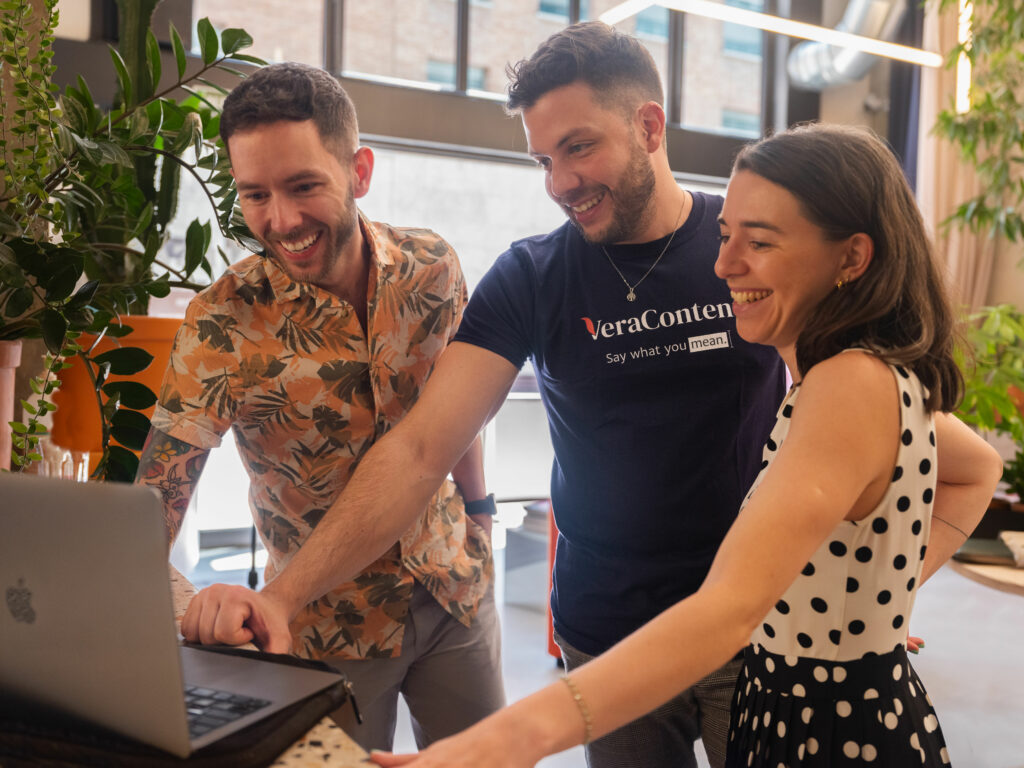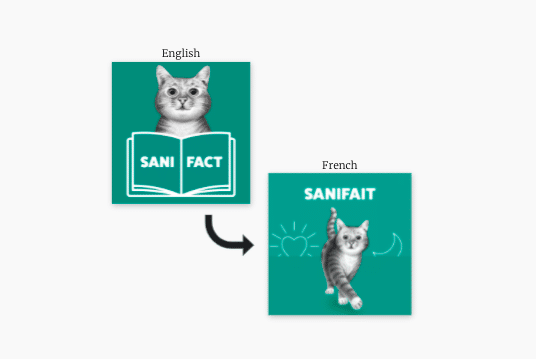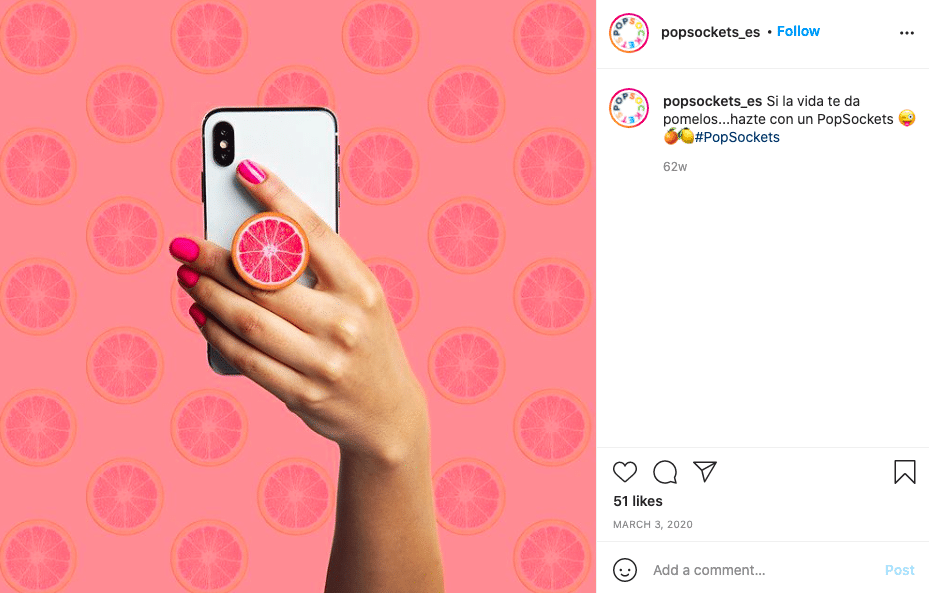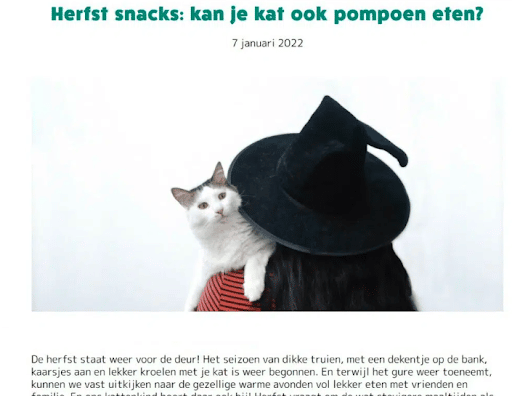Culture and language influence how all of us perceive the world around us. And, no matter how globalized the world becomes, cultural differences will always play a massive role in international marketing. Multicultural marketing considers these influences and tailors content to appeal to specific cultural groups.
As specialists in multicultural marketing and localization, we know a thing or two about what makes a solid campaign that caters to different cultures mindfully and respectfully. Keep reading for seven learnings from our team members, and discover the keys to connecting with audiences from diverse backgrounds.
7 lessons learned about multicultural marketing: VeraContent professionals weigh in

Not only do we have an international team at VeraContent, but we work on multicultural marketing projects daily. Over the years, we’ve learned several important lessons when it comes to marketing across cultures.
We asked five of our team members to share their greatest lessons learned while working in the multicultural marketing space.
Here they are:
Lesson #1: The importance of cross-cultural pragmatics in multicultural marketing
For Kyler Canastra, our Head of Business Development, his biggest learning—and something that surprised him most—was the importance of cross-cultural pragmatics in multicultural marketing campaigns:
“As a trained linguist, I never imagined how much I’d be referring back to my studies in pragmatics as a marketer.”
Pragmatics is the study of how context contributes to meaning with language. Cross-cultural pragmatics takes this a step further and looks at the interaction between speakers of different languages or from different cultures. It considers how cultural, physical and societal circumstances determine both literal and nonliteral aspects of language.
“For any multilingual marketing campaign, the core messaging may be the same, but that doesn’t mean it can be transmitted in the same way across different languages and markets. Understanding the pragmatic nuances among the languages in which we work, particularly in a European setting, requires expertise and is something we deal with daily at VeraContent.”
– Kyler Canastra, Head of Business Development at VeraContent
Here’s an example of how we help our clients with pragmatic insights so that a campaign resonates in every market where it’s launched:
When working for global real estate platform, Spotahome, we helped them localize their website content and sales material for six European languages: English, Spanish, Italian, German, French and Portuguese.
One specific content campaign targeted landlords who, of course, faced different challenges in each region. We decided to create several articles to answer questions like: “How much is my rental property worth?” and “What can I do if my tenant stops paying rent?”
These topics were quite technical and region specific. Each article needed to be written by someone familiar with local rental laws and the economic situation in each market—which is a lot more nuanced than simply translating each blog post.
Read the client story for more info!
Lesson #2: Language is a living thing
Scott Rose, one of our project managers, says that his greatest learning is that language is a living thing:
“Even the simplest of phrases and ideas can be filled with complex nuances that impact transcreation projects and how the desired audience receives the final message.”
At first glance, almost any localization project looks straightforward. But give it a second thought, and you’ll quickly realize the many nuances that must be accounted for. It’s also often the simplest phrases or slogans that take the longest to localize.
Here’s an example of a straightforward translation, but the impact it had on the visual design:
When localizing an image for Sanicat’s Instagram and Facebook accounts, our French linguist pointed out that a two-word translation would be difficult to understand for the target audience. So we changed the layout of the image to provide the best adaptation. See below:

Lesson #3: Localization, localization, localization
You can’t have a successful multicultural marketing strategy without localization. This is because you need to tailor your content not only to each audience’s language, but also to suit their cultural norms and preferences.
“Multicultural marketing is more than just words. It’s connecting with people over their region, cultures, shared experiences and relationship with language. Localization shows that you understand these aspects of language and the human experience. Your marketing will be more successful when your texts are localized—and your audience feels heard and understood.”
– Scott Rose, Project Manager at VeraContent
Localization is something we do on a daily basis at VeraContent. It’s a tricky balance of ensuring the same message gets conveyed while often working within guidelines and specific images.
For example, in the below example from PopSockets, we had to localize the English caption “Squeeze the day” into Spanish. But since this play on words doesn’t work in Spanish, we had to rewrite the copy to deliver a message that is relevant to the asset and that conveyed the client’s tone of voice (light, fun and witty). The idea of the Spanish copy is: “If life gives you grapefruit… get a PopSocket.”

Lesson #4: Surround yourself with trusted, multicultural professionals
The best multicultural marketing strategies come from native speakers based in the region you’re targeting. But just because someone is a local doesn’t necessarily mean they’ll produce the best quality content for that specific audience.
As a marketer, you can’t be an expert in every language and market. That’s why it’s so important to surround yourself with trusted professionals in the languages you work in.
“It’s one thing to work in languages we understand, but when we work in German, Japanese or Dutch, for example, we can never be sure that what we’re submitting meets our quality standards. The only way around this is by building a strong network of professionals we can rely on. Trust is the most important foundation.”
– Aurélie Berson, Project Manager at VeraContent
Building relationships with content creators is essential, download our checklist for hiring, onboarding and nurturing relationships with freelancers:

Lesson #5: Content is subjective
Another key learning from Aurélie is understanding the subjectivity of content. While there is a notable difference between good and poor quality content, there is no one way to create a strong marketing campaign. In most cases, multiple versions of an idea could all be effective. The final version selected often comes down to individual preferences.
“There’s no one right way to approach marketing. But the better we understand our client and what their message is, the better we can work in the right direction.”
– Aurélie Berson, Project Manager at VeraContent
What works for one brand may not work for another, even if the brands are very similar. Getting the content right comes down to understanding the ins and outs of the brand, their values and what they’re trying to achieve with their marketing.
Lesson #6: Work with people based in the relevant regions
Andrea Soto Gomez, our HR and Admin Assistant, has learned the importance of working with collaborators based on our client’s target market. Whether it’s content creators, social media managers or translators, they can help us better understand the market, including local customs, jargon and local trends to be aware of.
Adding to Aurélie’s point on building a trusted network of professionals, we usually work with the same team of local collaborators for certain projects. This makes for a long-lasting, reliable relationship for both parties.
“Experience has shown us that having collaborators who have direct contact with the target audience ensures that the quality of our work is always optimal and to the satisfaction of our clients.”
– Andrea Soto Gomez, human resources and admin assistant at VeraContent
Here’s an example of why working with locals is best:
When working on an autumn Sanicat campaign in the Netherlands, our local community manager made it clear that a blog post about pumpkins wasn’t relevant to our Dutch audience. So instead of writing about pumpkins, as we did in the English version of the blog post, we gave the Dutch version a different spin and focused on squash instead.
Check out our work sample on the blog post here.

Lesson #7: Don’t stop learning from different cultures
When you’re working with people from different countries and cultures, you get the opportunity to learn from them. The more you learn, the better you’ll become at marketing as you open yourself up to different ways of doing things.
“One of the greatest advantages of working in multicultural marketing has been learning from other people about different ways of doing things, helping me to develop a more flexible and adaptable approach to problem-solving.”
– Mary Kresge, Project Manager at VeraContent
Benefit from our multicultural marketing experience
Collaborating with our team means that you reap the incredible benefits of our multicultural marketing experience and everything we’ve learned along the way. Having worked with many incredible global brands, we know what makes an excellent multicultural marketing strategy and what it takes to implement it.
Not only will we save you time and resources, but we’ll make sure to create the best, most effective multicultural marketing campaign for your brand.
Get in touch with us to find out if you qualify for a free content consultation!

